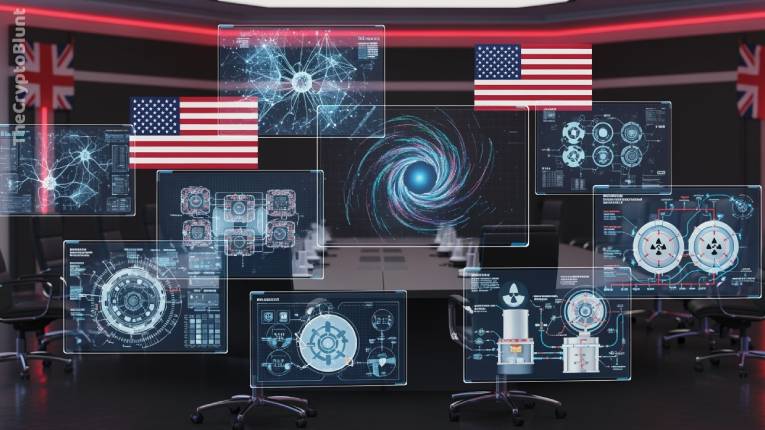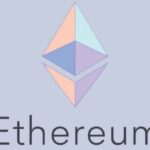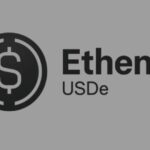A memorandum of understanding was signed on Thursday by US President Donald Trump and UK Prime Minister Keir Starmer while on a state visit to the United Kingdom.
US and UK Sign MOU for Joint Development of AI, Nuclear Energy, Telecommunications, and Quantum Computing
A memorandum of understanding was signed on Thursday by the United States and the United Kingdom to collaborate on the development of artificial intelligence, nuclear energy, telecommunications, and quantum computing. This joint effort is for a broad spectrum of uses, including space exploration, military purposes, targeted biomedical treatments, and advanced medical interventions.
Joint research initiatives are put forth by the MOU, which is a non-binding document that changes no existing agreements between the two countries. The initiatives will involve a host of government departments and agencies from both nations to examine these emerging technologies.
According to the MOU, a task group will be formed by the two countries with the purpose of developing quantum computing hardware, software, algorithms, and interoperability standards.
A subject of great interest has been made of quantum computing within the crypto community, since sufficiently powerful quantum computers could compromise modern encryption standards that are fundamental to crypto’s very existence.
The development of 6G mobile telecommunications networks will also be explored by the UK and US as a component of their joint technological research and development efforts.
During a Thursday press briefing with UK Prime Minister Keir Starmer, the collaboration’s positive effect on investments was praised by US President Donald Trump. He said:
“This trip has galvanized $350 billion in deals across many sectors, and we are committed to ensuring that the UK is a secure and reliable supply of the best AI hardware and software on Earth, and that we supply it.”
It was stated by Trump that a total of $17 trillion was invested in the U.S. over the past year, as the nation strives to dominate the global race to lead in artificial intelligence, digital technologies, and high-performance computing systems.
Developing Nuclear Fusion, The Next Generation of Nuclear Energy
It was declared in a Thursday announcement from the White House that “The world is at the dawn of a golden nuclear age.”
The development and deployment of advanced nuclear energy plants, including nuclear fusion reactors, will be pursued by both nations to end their dependence on foreign fuels and bolster their energy supply chain.
Nuclear fusion is the inverse process of nuclear fission, or the splitting of atoms. The latter was pioneered in the 1940s for its use in atomic weapons systems.
Atoms are fused together by nuclear fusion to generate energy, a process that is considerably safer than nuclear fission. Fusion reactors emit significantly less radiation and do not pose the same risk of a catastrophic meltdown as conventional fission reactors.
A greater amount of energy can be supplied by advanced nuclear reactors, which is essential for energy-intensive artificial intelligence and high-performance computing applications.
However, the proof-of-work (PoW) mining algorithms used to secure certain cryptocurrencies could also be disrupted by abundant energy.
If energy becomes so abundant and inexpensive to generate, the barrier imposed by proof-of-work could be compromised. This would allow malicious actors to attack PoW protocols by means of spam transactions and 51% attacks.
The Next Steps in the Collaborative Effort
An “Executive Branch-level Working Group” will be established by the US and UK within the next six months, and joint research and development efforts will begin at annual meetings.
However, a clarification was also issued by the White House that the MOU creates no “legally binding obligations,” and neither country is obligated to spend any funds on the initiatives or alter existing agreements.















